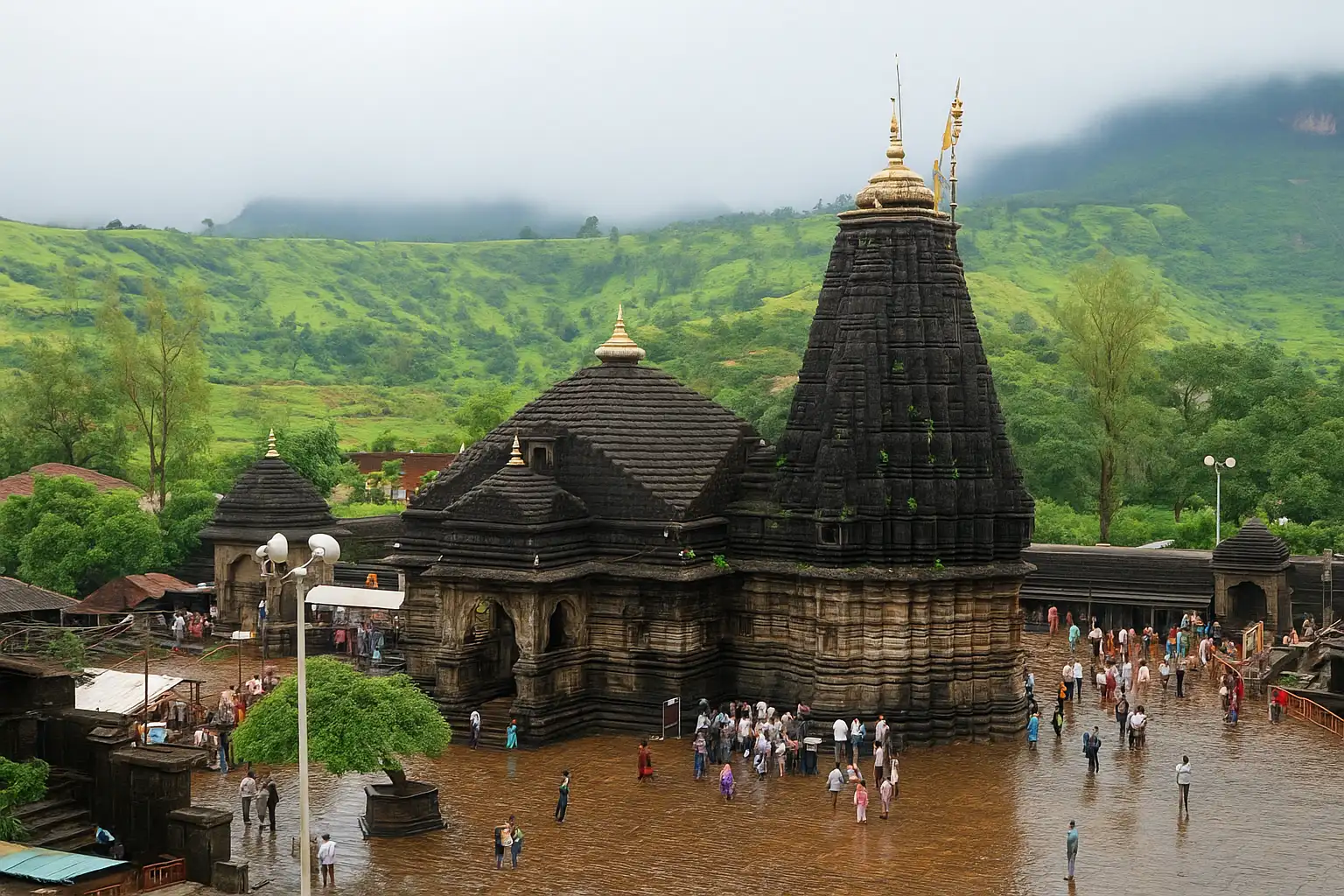Nestled along the southeastern coast of India, Pondicherry (officially Puducherry) is a place where time slows down and every corner seems to tell a story. With its serene beaches, charming boulevards, and distinct French heritage, Pondicherry offers more than just a coastal getaway—it offers an experience that blends culture, history, and beauty in perfect harmony.
The Journey Begins
As you enter Pondicherry, the hustle of city life begins to fade, replaced by quiet roads lined with vibrant bougainvillaea and pastel-colored houses. Whether you’re driving from Chennai or flying in from farther away, the journey to Pondicherry sets the tone for a calm and soulful vacation.
The best way to explore Pondicherry is on foot or by renting a bicycle or scooter. The town is compact and scenic, making every ride a pleasant one.
A Glimpse Into History
Pondicherry’s history is deeply rooted in its colonial past. Originally a small fishing village, it became a strategic trading post for European powers in the 17th century. The French East India Company took control in 1674, and for nearly 300 years, Pondicherry remained under French rule, even after India gained independence in 1947. It was only in 1954 that Pondicherry officially became part of the Indian Union.
This long-standing French influence is still visible not only in its architecture but also in its culture, language, cuisine, and lifestyle. Walk through the lanes of the French Quarter and you’ll find yourself in a different world—one that feels more like Southern France than South India.
French Architecture: A Walk Through Time
The soul of Pondicherry lies in its iconic French Quarter, also known as White Town. Here, colonial-style buildings with arched windows, tall columns, wooden doors, and wrought-iron balconies are painted in hues of mustard yellow, white, baby pink, and soft blues.
These houses are not just visually delightful but also thoughtfully designed for the tropical climate. High ceilings, long verandas, shaded courtyards, and thick walls help keep interiors cool and comfortable. Many of these buildings now function as charming boutique hotels, cafes, art galleries, or private residences.
One of the most notable examples is the Alliance Française building, a perfect blend of Indo-French design. The French Consulate, Hotel de l’Orient, and the Maison Perumal are other fine examples of the era’s architecture.
Places You Shouldn’t Miss
- Sri Aurobindo Ashram – A peaceful retreat at the heart of the city, founded by Sri Aurobindo and the Mother.
- Auroville – Just a short drive away, Auroville is an experimental township dedicated to the vision of human unity, with the stunning Matrimandir at its center.
- Promenade Beach – Ideal for morning walks or sunset views, this beach is lined with French-style buildings and colonial-era statues.
- Basilica of the Sacred Heart of Jesus – A beautiful Gothic-style church that showcases another facet of colonial influence.
Food and Culture
Pondicherry’s cuisine is as diverse as its heritage. You’ll find a delightful mix of Tamil spices and French finesse—croissants and baguettes sit alongside dosas and curry on the menu. Cafés like Café des Arts, Baker Street, and Villa Shanti serve dishes that highlight this unique blend.
The culture here is unhurried and thoughtful. Locals are warm, and the air carries a peaceful rhythm. Art, music, and spirituality play an important role in everyday life, and you’ll often stumble upon yoga centers, art studios, or street performances as you explore the town.
Conclusion: A Journey Worth Taking
A trip to Pondicherry is more than just a vacation—it’s a step back in time, a spiritual refresh, and a cultural immersion all rolled into one. Whether you’re admiring the beauty of French-style houses, soaking in the history, or just watching the waves crash at the Promenade, Pondicherry wraps you in a gentle embrace you won’t soon forget.
So, pack your bags, leave your worries behind, and let Pondicherry’s timeless charm take you on a journey of tranquility and discovery.




